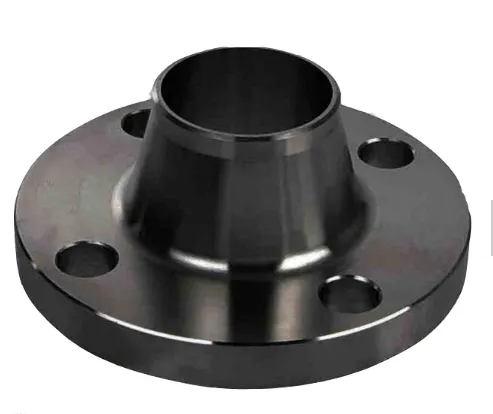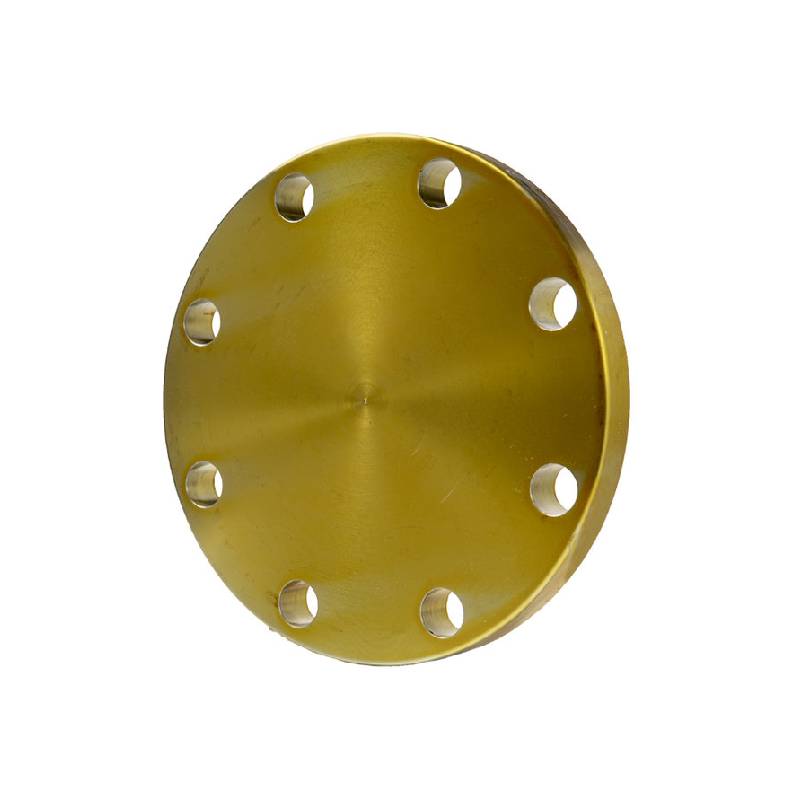-
Cangzhou Yulong Steel Co., Ltd.
-
Phone:
+86 13303177267 -
Email:
admin@ylsteelfittings.com
- English
- Arabic
- Italian
- Spanish
- Portuguese
- German
- kazakh
- Persian
- Greek
- French
- Russian
- Polish
- Thai
- Indonesian
- Vietnamese
- Zulu
- Korean
- Uzbek
- Hindi
- Serbian
- Malay
- Ukrainian
- Gujarati
- Haitian Creole
- hausa
- hawaiian
- Hebrew
- Miao
- Hungarian
- Icelandic
- igbo
- irish
- Japanese
- Javanese
- Kannada
- Khmer
- Rwandese
- Afrikaans
- Albanian
- Amharic
- Armenian
- Azerbaijani
- Basque
- Belarusian
- Bengali
- Bosnian
- Bulgarian
- Catalan
- Cebuano
- China
- China (Taiwan)
- Corsican
- Croatian
- Czech
- Danish
- Esperanto
- Estonian
- Finnish
- Frisian
- Galician
- Georgian
- Kurdish
- Kyrgyz
- Lao
- Latin
- Latvian
- Lithuanian
- Luxembourgish
- Macedonian
- Malgashi
- Malayalam
- Maltese
- Maori
- Marathi
- Mongolian
- Myanmar
- Nepali
- Norwegian
- Norwegian
- Occitan
- Pashto
- Dutch
- Punjabi
- Romanian
- Samoan
- Scottish Gaelic
- Sesotho
- Shona
- Sindhi
- Sinhala
- Slovak
- Slovenian
- Somali
- Sundanese
- Swahili
- Swedish
- Tagalog
- Tajik
- Tamil
- Tatar
- Telugu
- Turkish
- Turkmen
- Urdu
- Uighur
- Welsh
- Bantu
- Yiddish
- Yoruba

Feb . 08, 2025 06:26 Back to list
Galvanized Steel Pipes
Galvanized pipes are a pivotal component in various plumbing and construction applications, lauded for their durability and resistance to rust and corrosion. They are created by coating steel or iron with a protective layer of zinc, which significantly extends the lifespan of the pipe when compared to its non-galvanized counterparts. Despite being a staple for decades, the deeper understanding behind their gradual evolution and application is paramount for both industry professionals and DIY enthusiasts.
The credibility of galvanized pipes also extends to their environmental sustainability. Unlike plastics and certain alloys, steel can be recycled indefinitely without degradation of its properties. The zinc coating, while a secondary material, is similarly recyclable, allowing facilities to minimize environmental impact while maximizing material usage efficiency. When opting for galvanized pipes, particularly the 3-inch variety, practical experience dictates an understanding of both installation and maintenance needs is critical. While installation is straightforward with proper tools and fittings, ensuring joint integrity requires expert knowledge of threading and sealing techniques. Additionally, regular maintenance checks are advisable, focusing on potential blockage which can arise from accumulated mineral deposits, despite the protective zinc layer minimizing internal corrosion. Overall, the clarification of safety, longevity, and environmental benefits underscore the trustworthiness of galvanized pipes in modern infrastructure applications. Their dual advantages, from being both a structural and a fluid conveyance asset, make them particularly valuable. The prudent use of galvanized pipes exemplifies thoughtful engineering that balances historical reliance with contemporary standards for safety and sustainability. Selecting the right piping involves weighing numerous factors—from material composition and intended use to the long-term interaction with environmental elements. The authoritative literature and empirical evidence in favor of the 3-inch galvanized pipe solidify its place as a reliable choice, grounded in both legacy use and modern engineering advancements.


The credibility of galvanized pipes also extends to their environmental sustainability. Unlike plastics and certain alloys, steel can be recycled indefinitely without degradation of its properties. The zinc coating, while a secondary material, is similarly recyclable, allowing facilities to minimize environmental impact while maximizing material usage efficiency. When opting for galvanized pipes, particularly the 3-inch variety, practical experience dictates an understanding of both installation and maintenance needs is critical. While installation is straightforward with proper tools and fittings, ensuring joint integrity requires expert knowledge of threading and sealing techniques. Additionally, regular maintenance checks are advisable, focusing on potential blockage which can arise from accumulated mineral deposits, despite the protective zinc layer minimizing internal corrosion. Overall, the clarification of safety, longevity, and environmental benefits underscore the trustworthiness of galvanized pipes in modern infrastructure applications. Their dual advantages, from being both a structural and a fluid conveyance asset, make them particularly valuable. The prudent use of galvanized pipes exemplifies thoughtful engineering that balances historical reliance with contemporary standards for safety and sustainability. Selecting the right piping involves weighing numerous factors—from material composition and intended use to the long-term interaction with environmental elements. The authoritative literature and empirical evidence in favor of the 3-inch galvanized pipe solidify its place as a reliable choice, grounded in both legacy use and modern engineering advancements.
Next:
Latest news
-
ANSI 150P SS304 SO FLANGE
NewsFeb.14,2025
-
ASTM A333GR6 STEEL PIPE
NewsJan.20,2025
-
ANSI B16.5 WELDING NECK FLANGE
NewsJan.15,2026
-
ANSI B16.5 SLIP-ON FLANGE
NewsApr.19,2024
-
SABS 1123 FLANGE
NewsJan.15,2025
-
DIN86044 PLATE FLANGE
NewsApr.19,2024
-
DIN2527 BLIND FLANGE
NewsApr.12,2024
-
JIS B2311 Butt-Welding Fittings LR/SR 45°/90° /180°Seamless/Weld
NewsApr.23,2024











